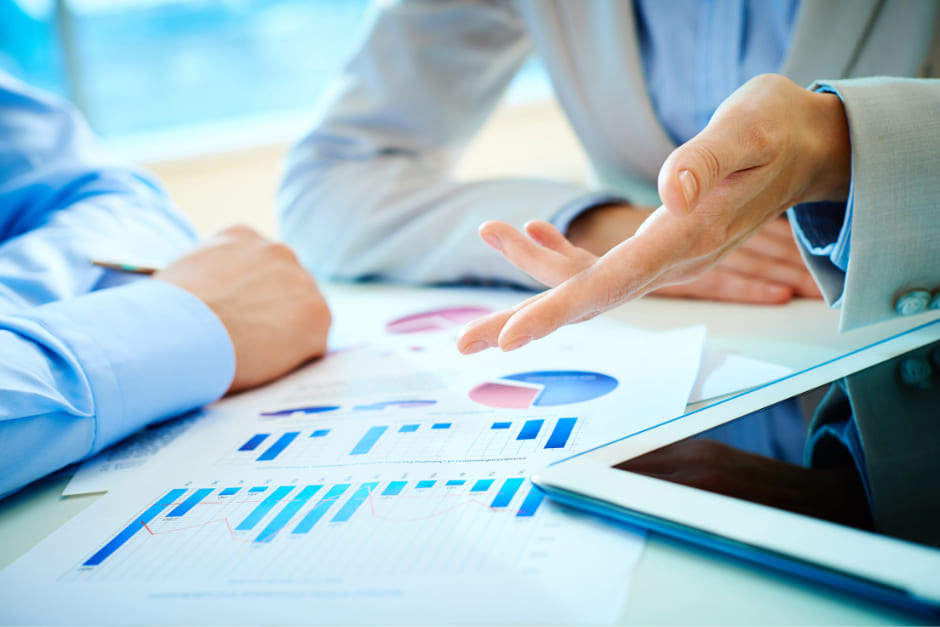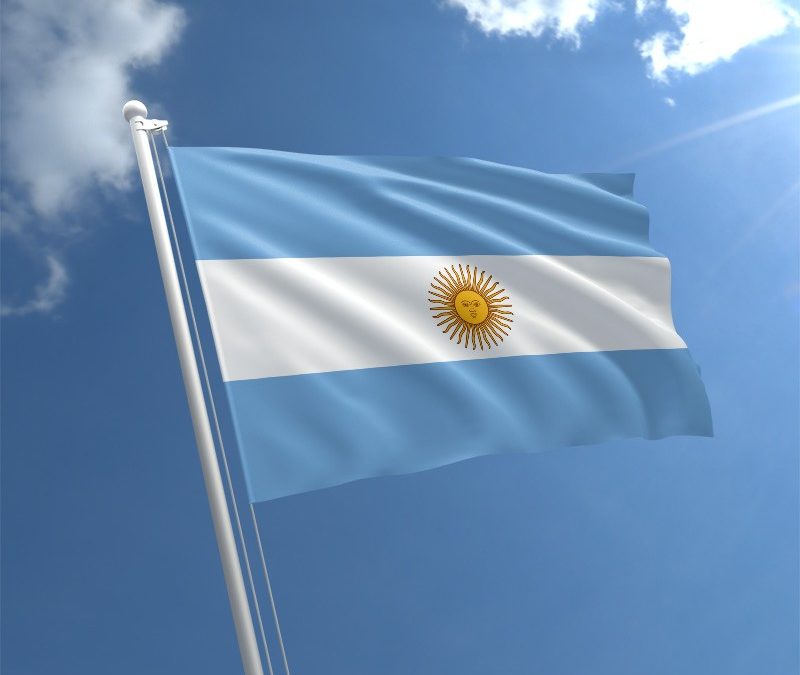This article was updated June 2, 2025. Administración Nacional de Medicamentos, Alimentos y Tecnología Médica (ANMAT) is the institution responsible for regulating medical devices in Argentina. ANMAT uses a risk-based classification system and, similarly to the European Union and Canada, classifies medical devices into four classes depending on their potential risk (i.e. Class I – lowest risk; Class IV – highest risk).

Table of content
Product Registration
In order to register a product, the manufacturer must have an office or distributor registered with the Ministry of Health in Argentina. For Class III and IV medical devices, manufacturers must submit results from clinical trials proving the safety and effectiveness of the device. It is also required that Good Manufacturing Practice (GMP) standards are met and that the device is compliant with Disposition 4306/99. The manufacturer or importer is obligated to conduct postmarket surveillance activities and thoroughly document all activities. Applicants must also provide a full history of previous commercialization of the device in other countries.
Manufacturers must prepare technical documentation regarding their device and include the following information along with the application:
- Identification information for the manufacturer/importer and the medical device (detailed in Annex IIIA, IIIB, and IIIC of Disposition 2318/02)
- For imported medical devices, Certificate of Free Sale (CFS) from a competent authority
This document must contain the name of the manufacturer and provide specific information on the medical device and its accessories. - A document from the manufacturer or importer giving consent to introduce the product to the market
- Declaration of payment for the product registration fee
- Declaration of conformity with Mercosur regulations
The information above applies only to Class II, III and IV medical devices. For Class I devices, manufacturers must only provide the declaration of payment, manufacturer/importer identification information, and declaration of compliance with Mercosur legislation.
All documents must be translated to Spanish. The review time is set to 180 days. If the device is approved, its registration is valid for 5 years.

Labeling
According to the regulations established by the Administración Nacional de Medicamentos, Alimentos y Tecnología Médica (ANMAT) in Argentina, medical device labels must include the following information:
- A clear description of the product.
- Instructions for proper storage conditions.
- The product’s expiration date, if applicable.
- Information about the importer, including the name and address of the importing company.
Additionally, all labels must be written in Spanish, in compliance with ANMAT’s labeling requirements.
.
Importation duties and taxes
Because Argentina belongs to the Latin America trade bloc, Mercosur, all imported medical devices are taxed according to the Mercosur Common External Tariff (AEC). This tariff designates the tax rate, which may range from 0% to 16%. In the case of importing refurbished medical devices, the tax rate ranges from 0% to 24%. When a product is purchased, there is a value-added tax (VAT) equal to 10.5% for new medical devices and 21% for all used or refurbished devices. VAT values are dependent on Cost, Insurance, and Freight (CIF) value.
How Can RegDesk Help?
RegDesk is an AI-powered Regulatory Information Management System (RIMS) designed to simplify global compliance for medical device companies. With regulatory intelligence covering 120+ markets, RegDesk helps you prepare and publish global submissions, manage standards, conduct impact assessments, and stay ahead of regulatory changes all from a single, centralized platform. Expanding into new markets has never been easier.

